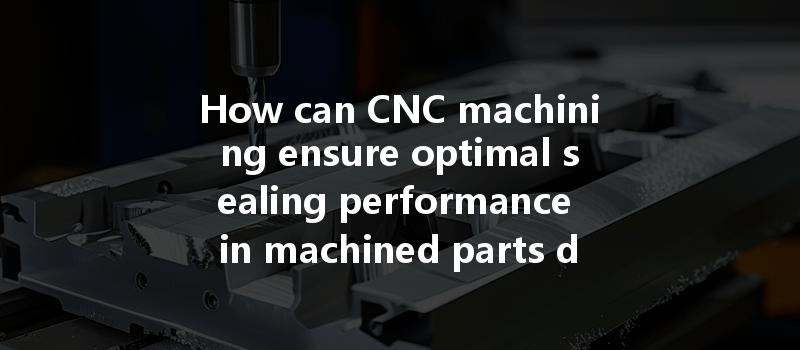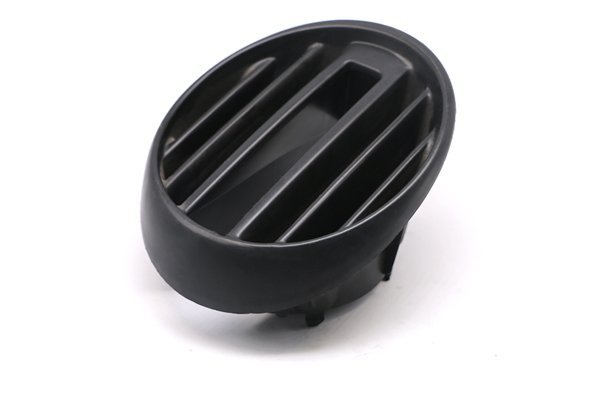—
Opening
Did you know that improper sealing performance is one of the leading causes of failure in mechanical systems? According to industry research, it accounts for nearly 30% of equipment breakdowns in hydraulic and pneumatic systems. Whether it’s in automotive, aerospace, or even in daily household items, effective sealing performance is pivotal. This raises an important question: how can CNC machining enhance the sealing performance of machined parts? In this blog, we will explore the intricate relationship between CNC machining techniques and optimal sealing performance, paving the way for higher reliability and efficiency across various applications.
Understanding CNC Machining
CNC (Computer Numerical Control) machining is a manufacturing process where pre-programmed computer software controls the movement of machinery. This technology automates control of tools such as drills, lathes, and mills, transforming complex designs into physical parts. One key advantage of CNC machining is its unmatched precision, which is essential for applications demanding tight tolerances — especially when it comes to sealing components.
The Importance of Sealing Performance
Before diving into how CNC machining can optimize sealing performance, it’s crucial to understand what sealing performance entails. Sealing performance ensures that a connection or joint remains airtight and leak-proof. In many industries, failure to achieve proper sealing can lead to lost products, increased operational costs, and even safety hazards. Therefore, achieving optimal sealing performance is vital for maintaining system integrity.
Factors Affecting Sealing Performance in CNC Machined Parts
Solutions to Improve Sealing Performance

The Role of Post-Processing in Optimizing Sealing Performance
Post-processing is an integral step that should not be overlooked when aiming at optimal sealing performance. Techniques such as heat treatment can alter the mechanical properties of metals, allowing them to deform under pressure and create a tighter seal. Surface treatments, including Coating or Plating, can also increase surface durability, ensuring prolonged sealing effectiveness.
In addition, assembly techniques should be consistently evaluated. Operators should use torque specifications when tightening screws, as the force applied can impact how seals sit against their machined surfaces. CNC technology can automate various assembly processes, ensuring that consistent force is applied for maintaining sealing integrity.
Concluding Thoughts
In conclusion, the importance of ensuring optimal sealing performance in CNC machined components cannot be overstated. With proper material selection, precise machining, advanced post-processing, and strict quality control measures, manufacturers can significantly reduce leaks and increase the reliability of their systems.
By investing time and resources into optimizing sealing performance, companies not only save on costs associated with failures and leaks but also enhance overall product quality.
Today’s manufacturing landscape is increasingly competitive, making it vital to adopt technologies and practices that ensure superior performance and reliability. Leveraging CNC machining can be a game-changer in achieving outstanding sealing solutions. As we advance into a new era of manufacturing, discussions about sealing and performance will surely become increasingly relevant.
Through this exploration, it’s clear that ensuring optimal sealing performance during CNC machining is not just an operational requirement—it’s a strategic advantage.
—
Why This Blog Is Important
This blog is worth considering as it aligns with critical manufacturing trends that affect multiple industries. Proper understanding of sealing performance could revolutionize component reliability and durability across automotive, aerospace, and many other sectors. By synthesizing innovative CNC machining practices with sealing strategies, manufacturers can look forward to a future of enhanced efficiency and reduced operational downtime. It’s essential to adapt to these methodologies to stay competitive and maintain product excellence in an ever-evolving market.
—






